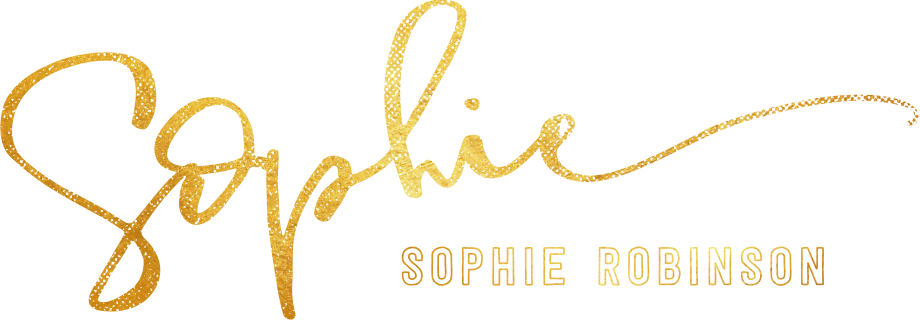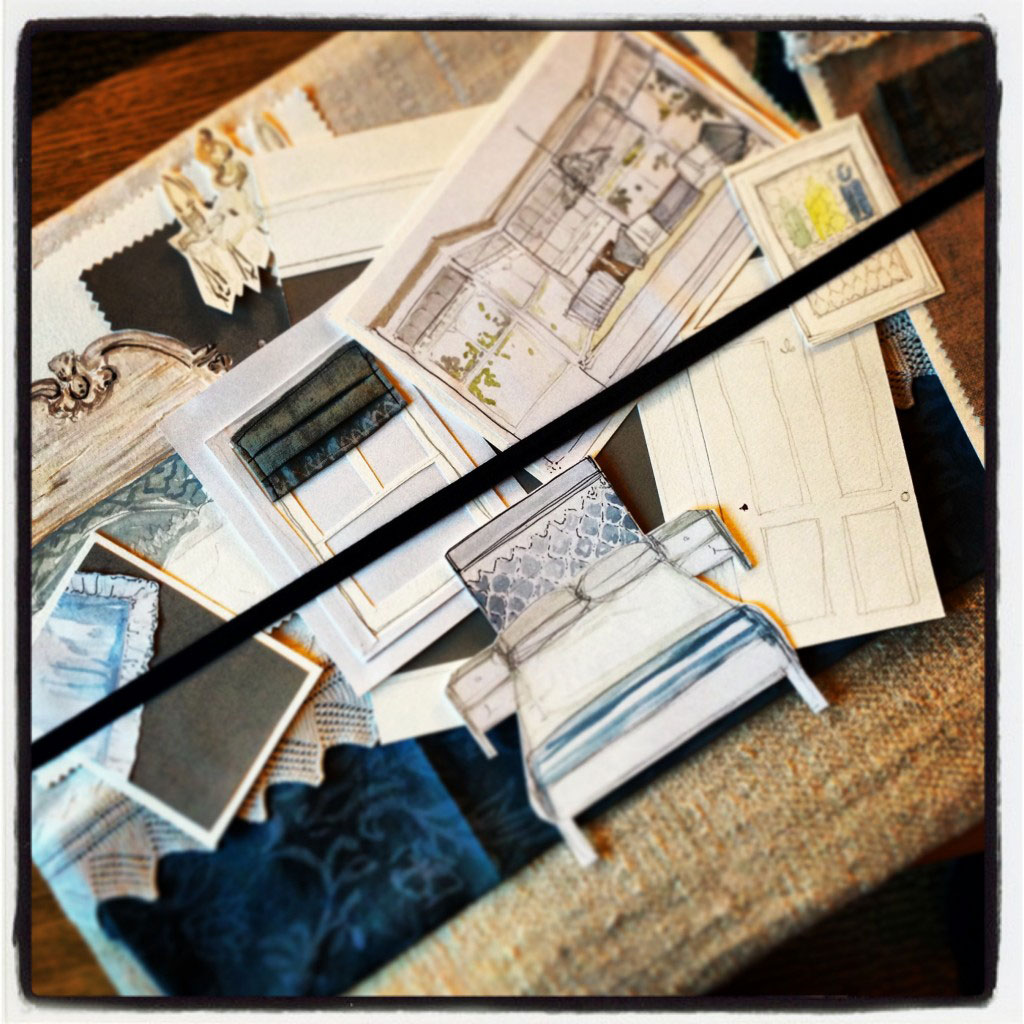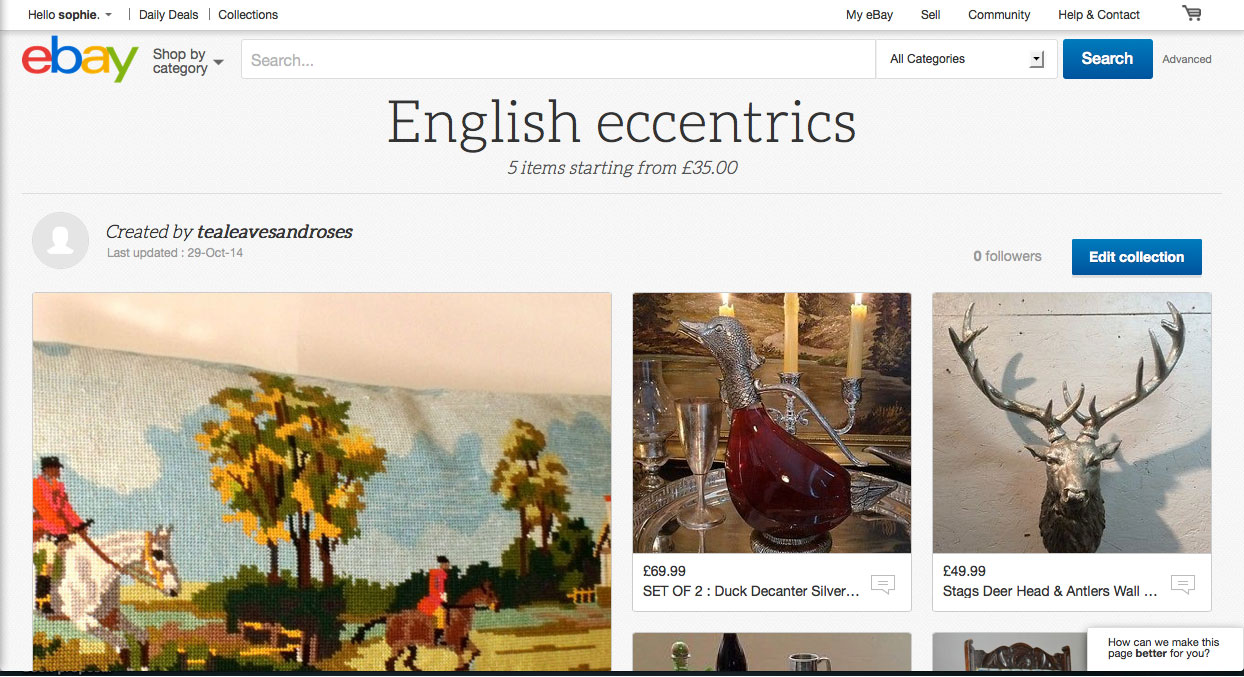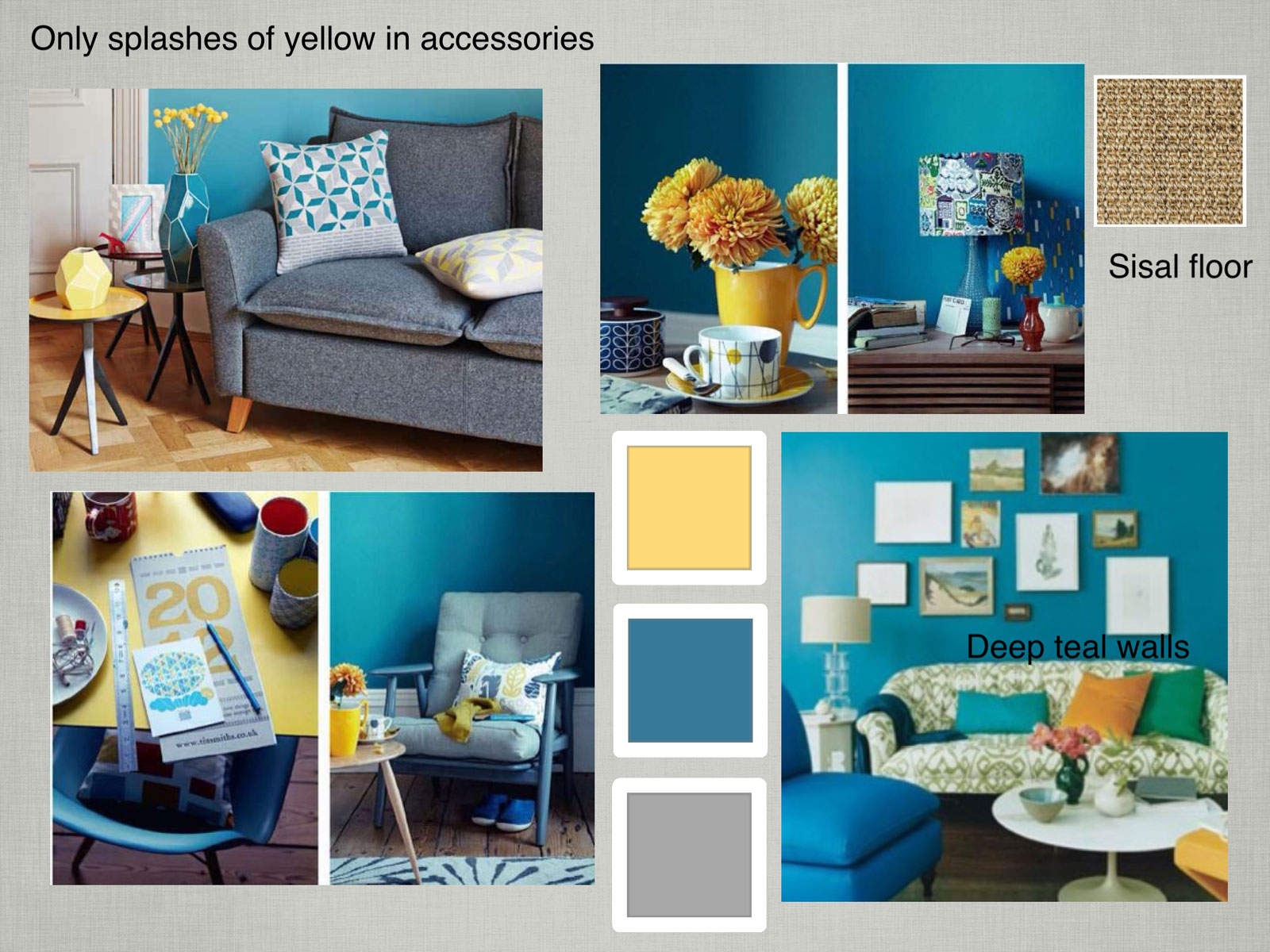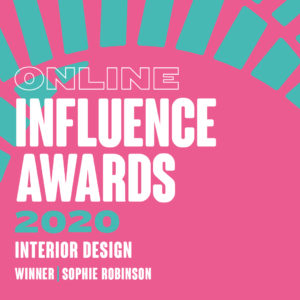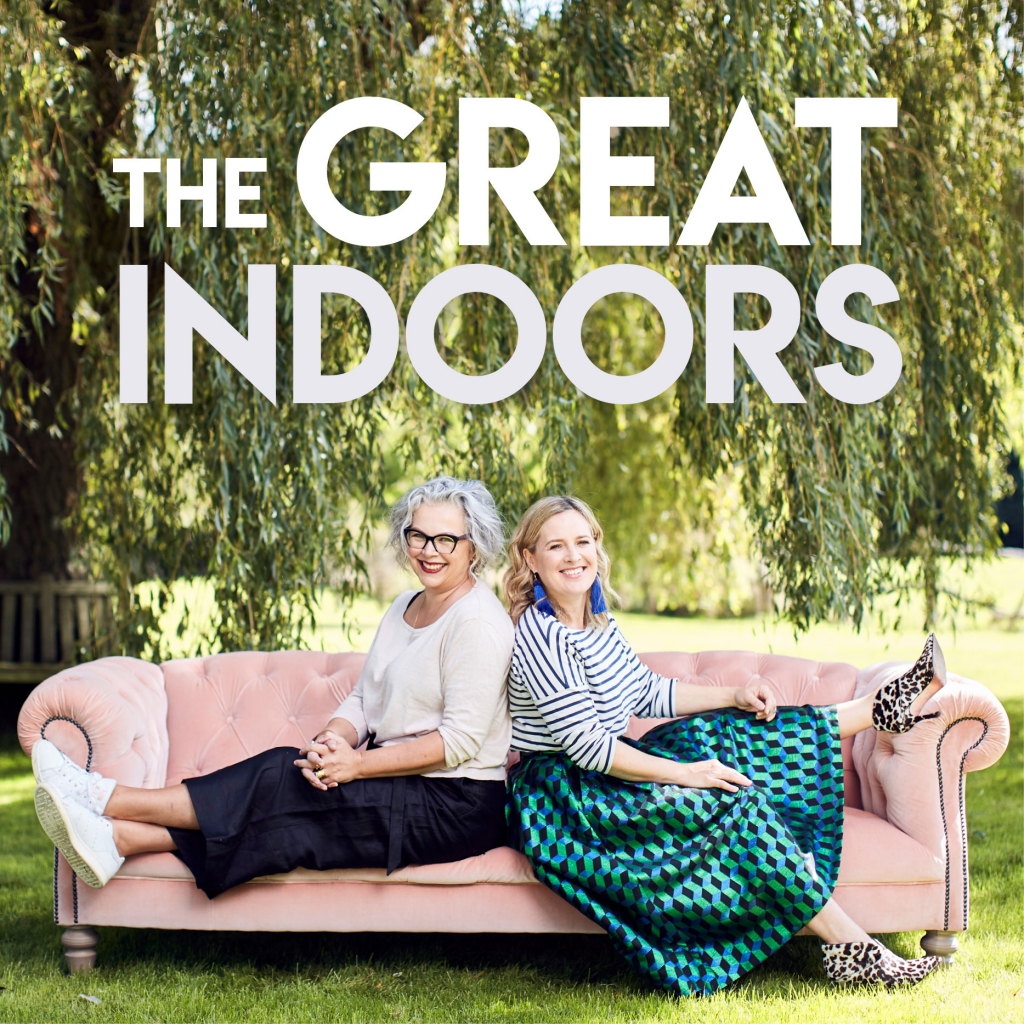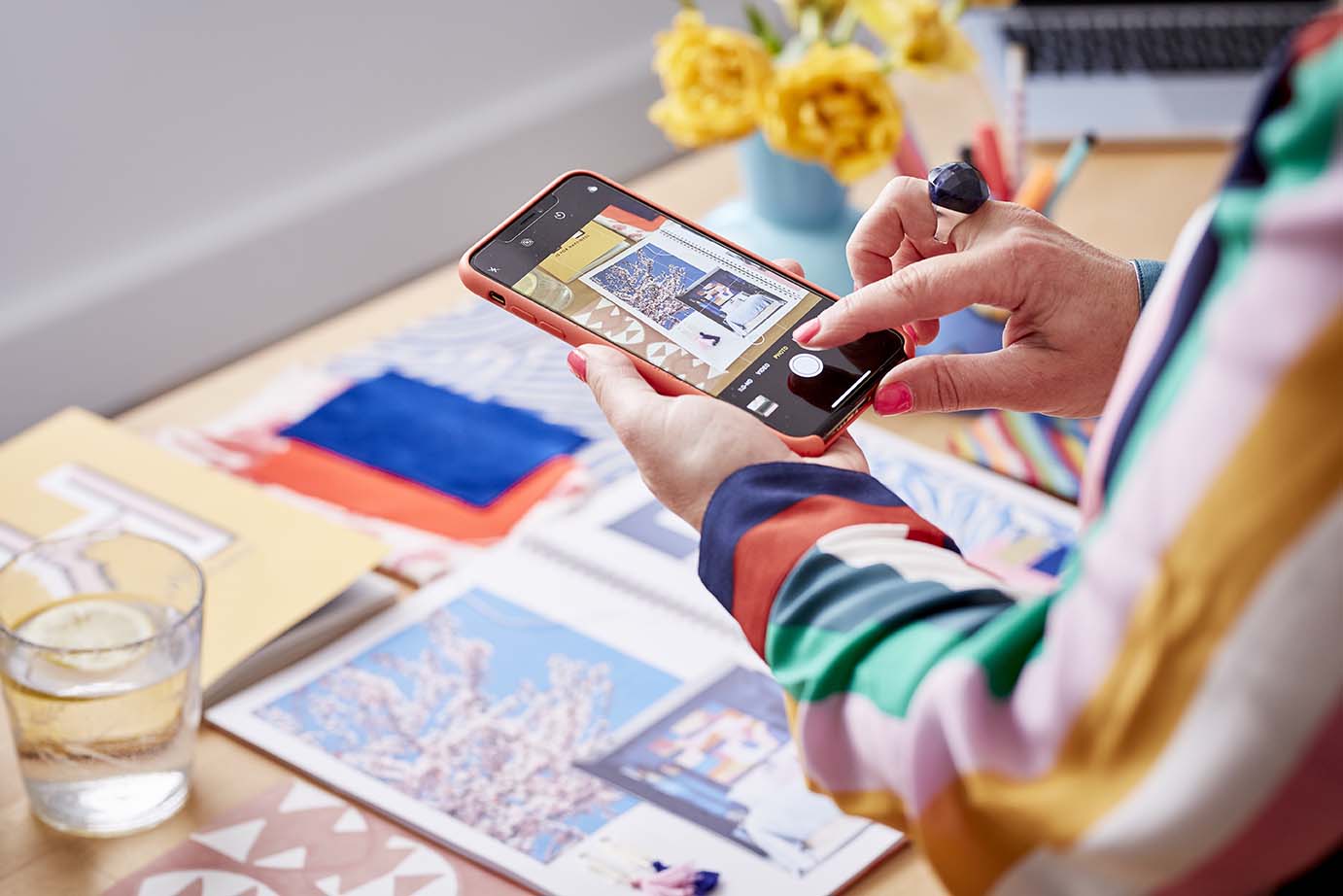Create a mood board
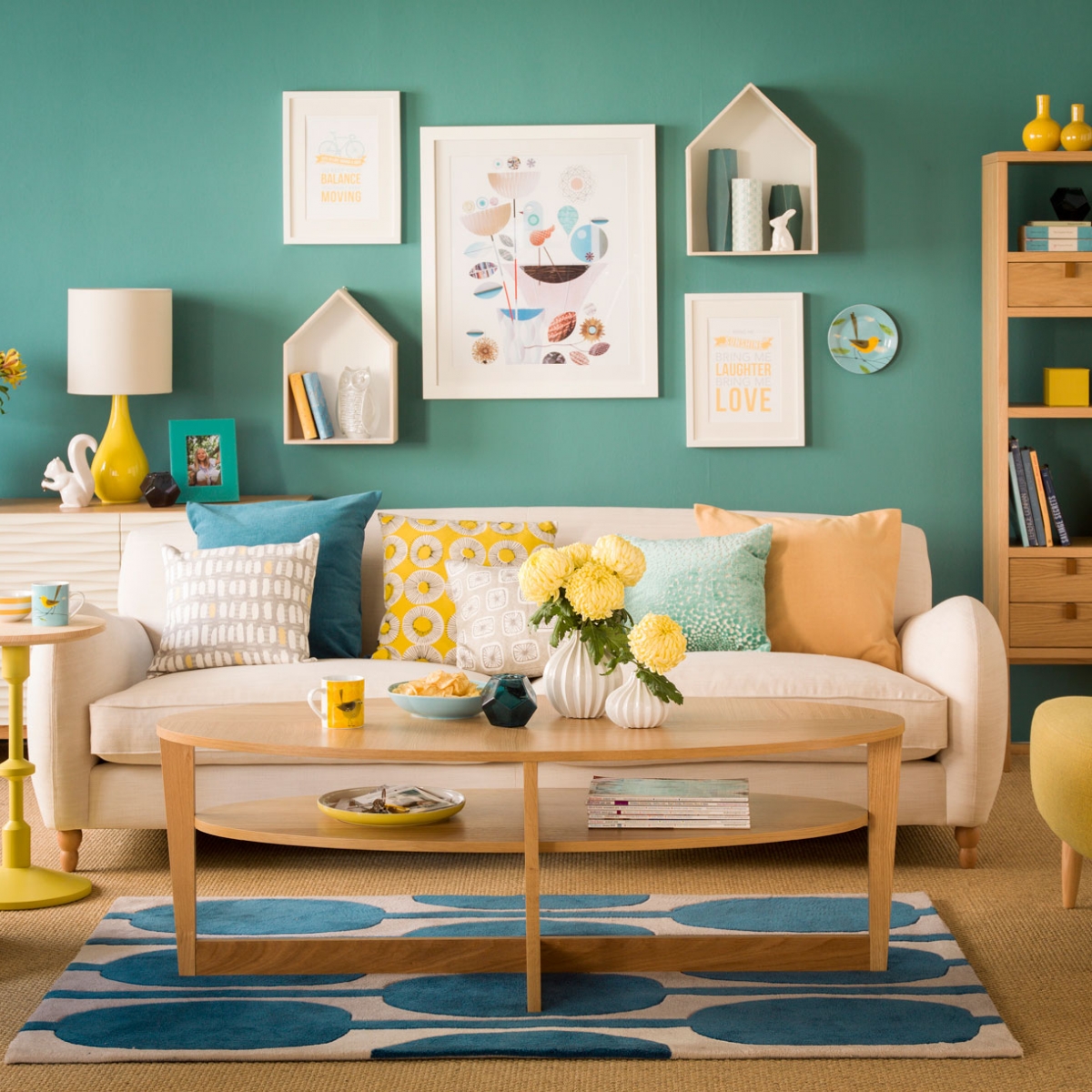
A mood board is one of the essential parts of creating a successful interior design scheme. Used by professionals as part of their presentation to a client, it’s also an essential tool when you are planning to decorate for yourself. Designers who have a very strong mood board and presentation usually have the most successful end results as they are the best prepared.
The reason to invest time creating a mood board is simple- thrash out your ideas and find out what works and what doesn’t on paper before you flex that credit card. It can save you a world of pain and expense! It will also make the whole project less daunting as you will be empowered to keep your design on track. For example if your eye gets diverted by a bargain, you can check it against your mood board and if it doesn’t fit the scheme, don’t buy it!
Where to start? I always think it’s a good idea to start with a concept board- this is where you get really free and can add any image to your board, not just swatches or pictures of to-die-for rooms. Use fashion images, architecture, wildlife, art, whatever you’re drawn to. This can really help you to tap into your personal style and taste that you can then translate into your interior schemes. For example if you love tribal prints in your wardrobe, chances are it could work in your interior too.
This mood board by designer Kimberley Plestead has practical swatches but also a feather and some birch bark to set the feel and inspiration for her scheme.
The whole point of a mood board is not to get too fixed, so tear pages from magazines and catalogues, print images off the web and gather lots of fabric, wallpaper and flooring swatches. Keep it loose so you can add things as easily as take them away. A large sheet of cardboard and sticky tape is as good as it needs to be. This mood board pictured below is by designer Sarah Moore, with images and swatches all presented loose making it easy to add ideas, or take them away.
I find it helps to start with one strong image. This could be a tear sheet of a room from a magazine or a swatch of patterned wallpaper. Then add to this by working through this checklist:
- Flooring and rugs
- Paint and wallpaper
- Window treatments
- Fabrics for soft furnishings
- Main items of furniture
- Lighting
- Pictures and Artwork
- Accessories

Mood board by Design Lovers Blog http://www.designloversblog.com
There are also some great apps that are really helpful. These include Pinterest, where you can ‘pin’ images you find on the web and collect them on your own ‘boards’. It’s such a fast and effective way to start bringing together images and shopping ideas. Ebay have a tool called ‘Ebay Collections’ which allows you to curate shopping boards from anything that’s listed on Ebay.
In my work as a magazine stylist I use an ipad app called Moodboard. I find it a really easy and super quick way to lay out my images from websites and my pinterest account to present a colour scheme to an editor. Here is an example of one of my projects for Ideal Home magazine, which was to produce a scheme based around the trend for Teal.
Here are my five top tips to creating a successful mood board:
- Use a large swatch for paint, wallpaper or flooring- as they represent a large area in the room. You can then layer up images on top of these.
- Where possible get a real sample; fabric swatch for the sofa, tester pot for the paint, samples for flooring and fabrics. You’ll be matching these swatches so they need to be true colour representations.
- Include accessories on your board as these often add the personal touch or theme to your scheme for example ‘Coastal’, ‘Deco’ or ‘Vintage’.
- After you’ve established the colour story think of a definite accent colour that you can pick out to highlight and lift the overall look. This might be used in accessories, cushions, a rug or ornaments.
- Make sure your board represents the textures in your scheme, be it mirror, metallics, raw linen, rope or cut glass. Texture is a really key way of bringing a scheme to life.
- Don’t just rely on Google images and website grabs for your mood board. Also take snaps of things you like with your phone while you’re out and about.
This article was first published in the September 2014 issue of Good Homes magazine.
I’d absolutely love to hear about your ideas and tips for creating a successful mood board for a decorating scheme. Its a very personal way to design and I’d like to say there is no right or wrong. Please leave your comments below.
You can hear me talk some more on this subject over on the housetohome website video blog.
comments
Love this! Thank you. Would be great if future series of GIDC could include more like this on the planning etc that goes into the designs (where it does!) and a bit less on designers painting furniture. If you watch carefully it’s obvious that planning (and adaptability) are every bit as crucial as flair.
Many thanks for you’re feedback. I think the editors of the show have a tough time fitting all the content into the hour show but a very valid point. Planning is crucial to the success of any project.
Hi Gail
That print is from easyart.com. They have a brilliant range of prints and you can choose size and frame. I can’t remember the name of the print but will try and look it up for you
